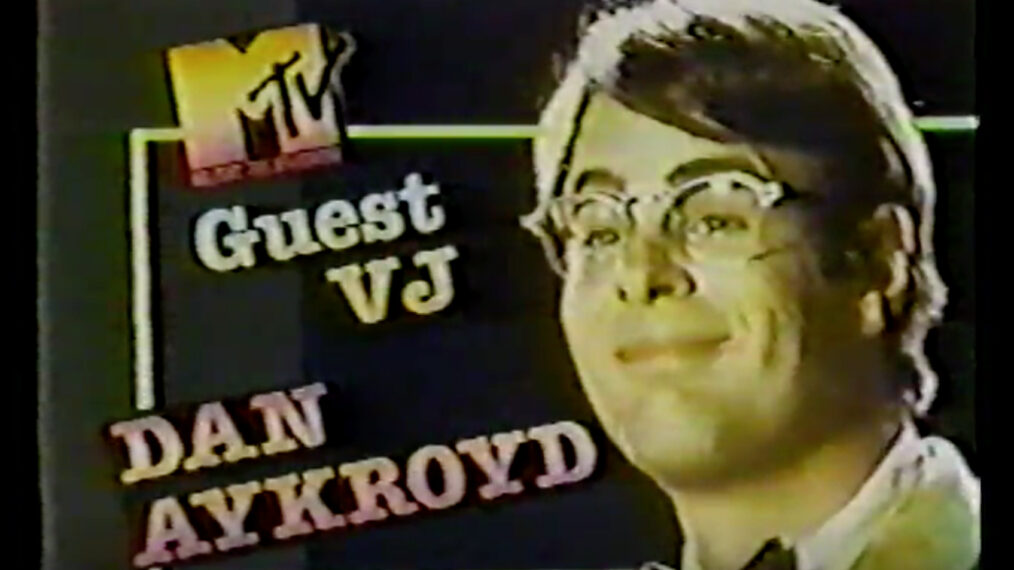Video Time-Traveler: Take in Some ‘New Wave Day’ Performances at the Second and Final US Festival in May 1983
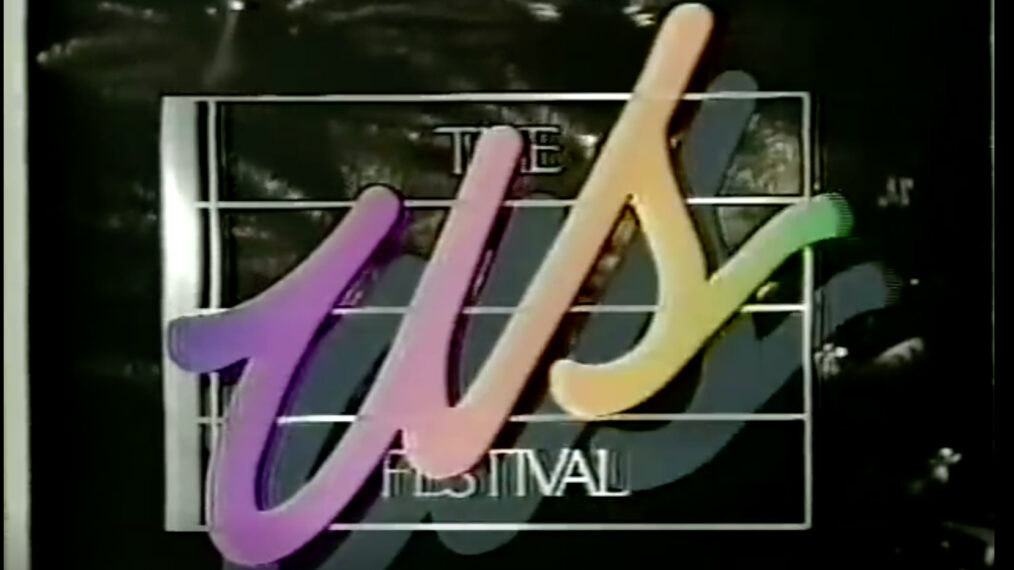
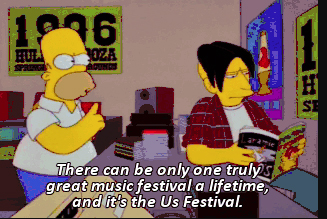
You tell that Gen X slacker, Homer! (comb.io)
I can’t confirm Homer Simpson‘s above claim that The US Festival was the “one truly great music festival” of our lifetime since I was not at either of the two multi-day US Festivals that were held in the early ’80s — the first one over Labor Day weekend 1982, and the second and last one over Memorial Day weekend 1983.
Even when the Simpsons episode featuring this line, “Homerpalooza,” first aired in May 1996, just 13 years after the final US Festival, Homer’s quote may have already been an obscure reference; I know I missed it when watching the episode at that time. When heard in reruns now nearly 30 years later, it’s likely that the US Festival has become even more of one of of those very deep-cut Simpsons references.
I’ve only become aware of the US Festival in recent decades mostly through reading about it, and lately through film footage of the events.
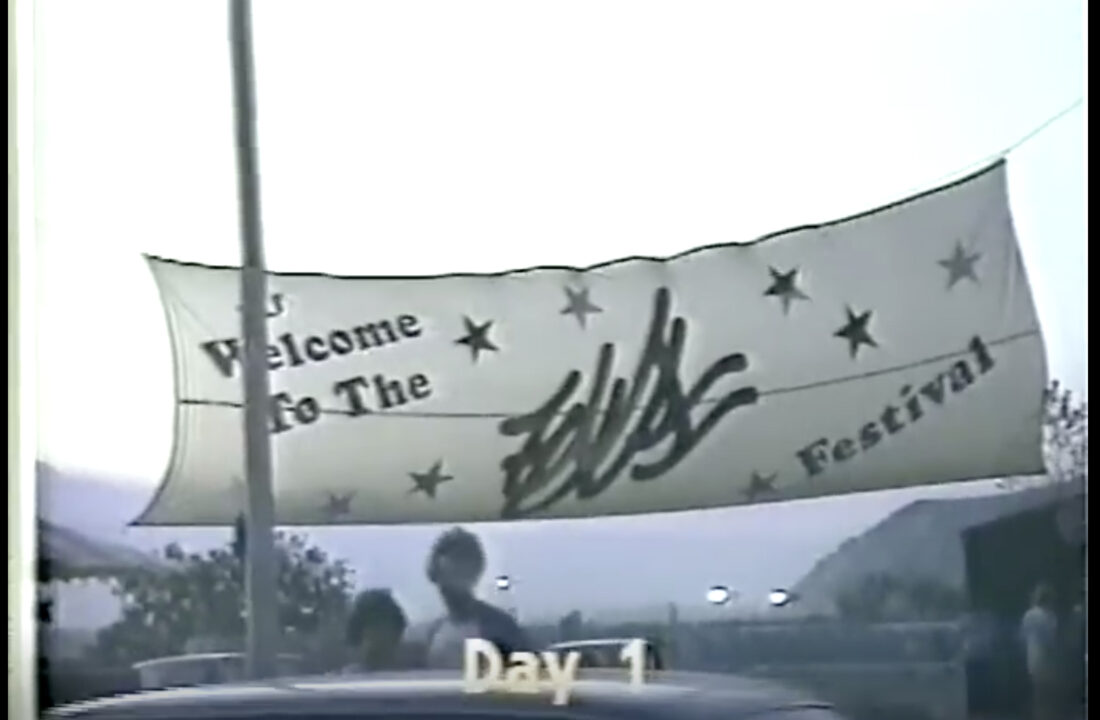
A banner welcomes concertgoers to the 1983 US Festival (youtube.com/@bekebeke99)
While it was a butt of some jokes, on the Simpsons and in a few other places during the immediate years following the events — mainly for the fact that both of the festivals suffered large financial losses (about $12 million each) — these events sound like they were pretty cool, just based on the performers they got to show up.
Those stellar lineups may have been part of the problem. Paying hugely popular acts of the time to perform certainly wasn’t cheap, and that was on top of the costs of constructing an enormous temporary stage at the festival’s site in Glen Helen Park in Devore, California (in the San Bernardino area of SoCal).
So, while hundreds of thousands of people attended each of the three-day US Festivals, that may not have been enough to offset such costs — especially when the hot and dusty weather conditions that arose on both occasions may have limited even more people from attending.
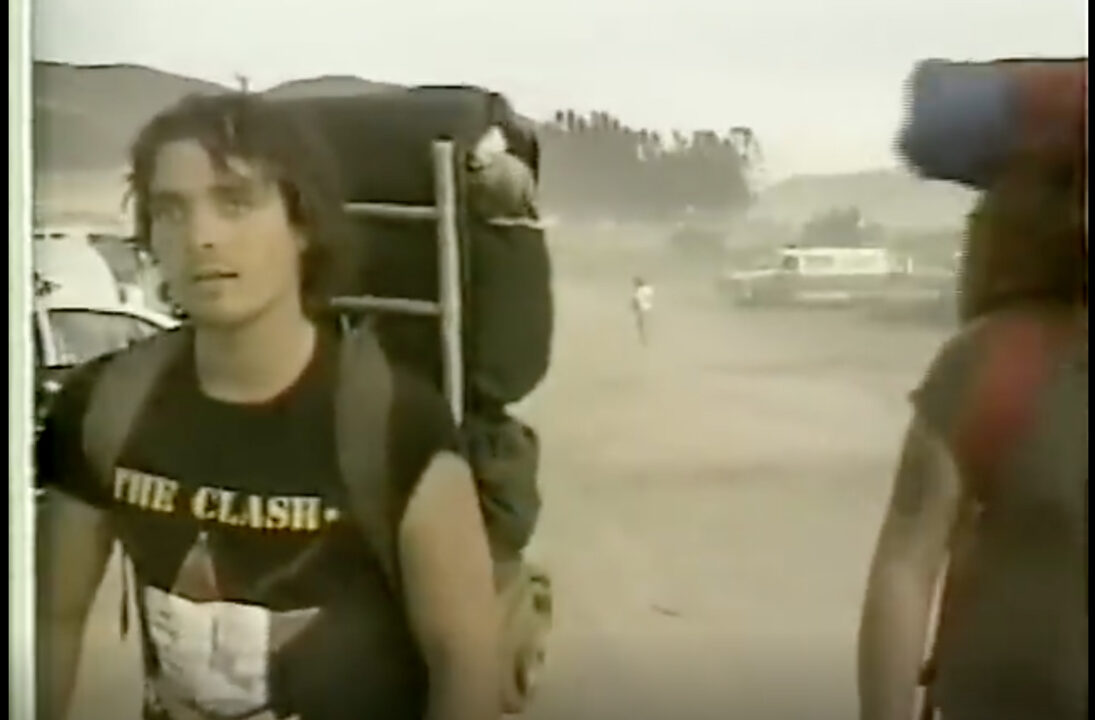
With several hot and dusty hours to go before his favorite band performs at the 1983 US Festival, perhaps even this Clash fan might be asking himself: Should I Stay or Should I Go? (youtube.com/@bekebeke99)
Ultimately, the US Festival does not seem like it was a debacle on par with later events like Woodstock ’99 or the Fyre Festival. It may have just had some bad luck, which is unfortunate, since it appears to have had a good-intentioned rationale behind its creation that went beyond the kickass music performances it provided.
Apple Computer cofounder Steve Wozniak was also a cofounder of the US Festival, with concert promoter Bill Graham. Coming out of the 1970s, which Wozniak and others had perceived as the “Me” Generation, it was hoped that the US Festival would, as its name suggests, help society focus on the “us” rather than just the “me.”
Of course, as the ’80s progressed, it would end up becoming an even more self-absorbed and excessive decade than the ’70s, and even a continuation of the US Festival probably could not have been able to stem that tide.
Instead of looking back on what might have been had there been more US Festivals, though, it is fun to experience what actually was, thanks to videos like the one below that offers highlights from the first day of the second and final US Festival: Saturday, May 28, 1983, which was programmed around a “New Wave” theme.
The video is enjoyable not only for the performances it shows, but also its inclusion of film from the event as a whole, including the people attending, which allows you to immerse yourself in the 1983 US Festival without having to put up with the temps that were apparently in the mid-to-high 90s, accompanied by poor air quality.
It starts with footage of early in the morning, with cars already filing into the area, as well as some interviews with people waiting for the box office to open.
One of the first lines heard in the video comes from someone I wasn’t able to identify, who seems to be calling out haters who may have compared the US Festival unfavorably with the famed Woodstock music festival that was held about 14 years earlier: “I say, screw them! Woodstock’s over! The ‘60s are finished! And I say, good riddance!”
A little later, a man who is interviewed echoes that opinion, as well as the ethos behind the creation of the US Festival, when he says, “What does the US Festival mean for me? Getting out of the ‘Me Generation,’ hopefully, once and for all.”
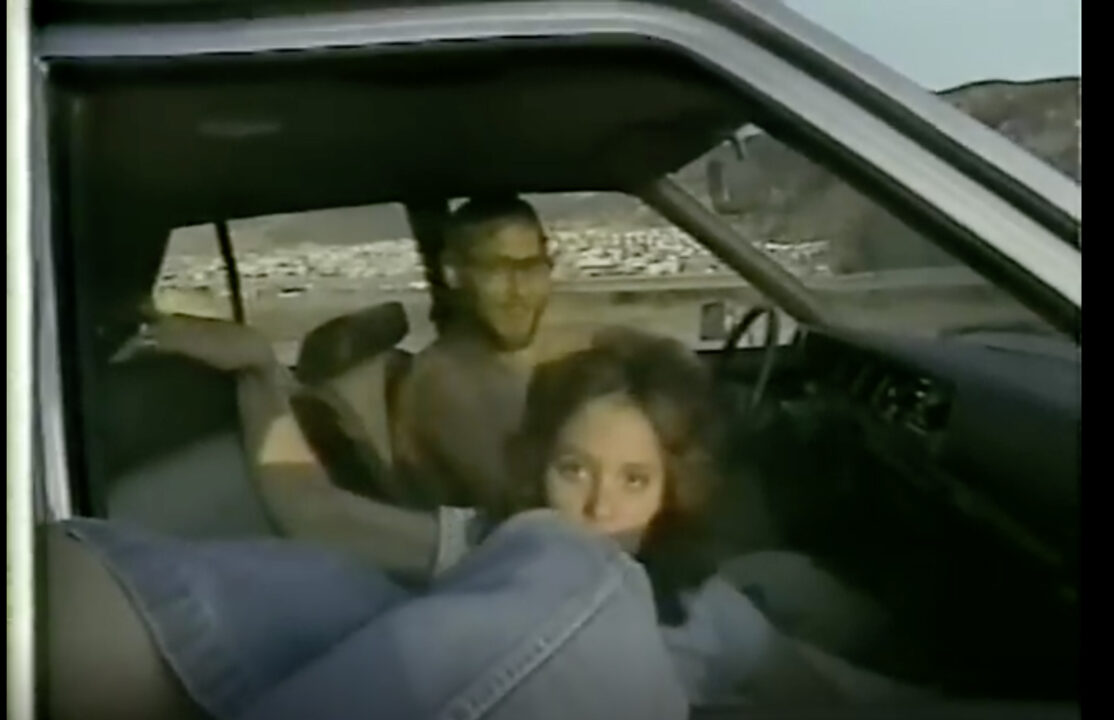
A couple waits to get into the 1983 US Festival (youtube.com/@bekebeke99)
We see people setting up tents, prepared to hunker down for the three-day event (one guy who forgot to bring some toiletries jokes that “I’ve got to go back to Cleveland and get my shampoo!”), and offering excited thoughts on what they expect to see.
“I think it’s going to be the most exciting concert I’ve ever been to,” one young woman says.
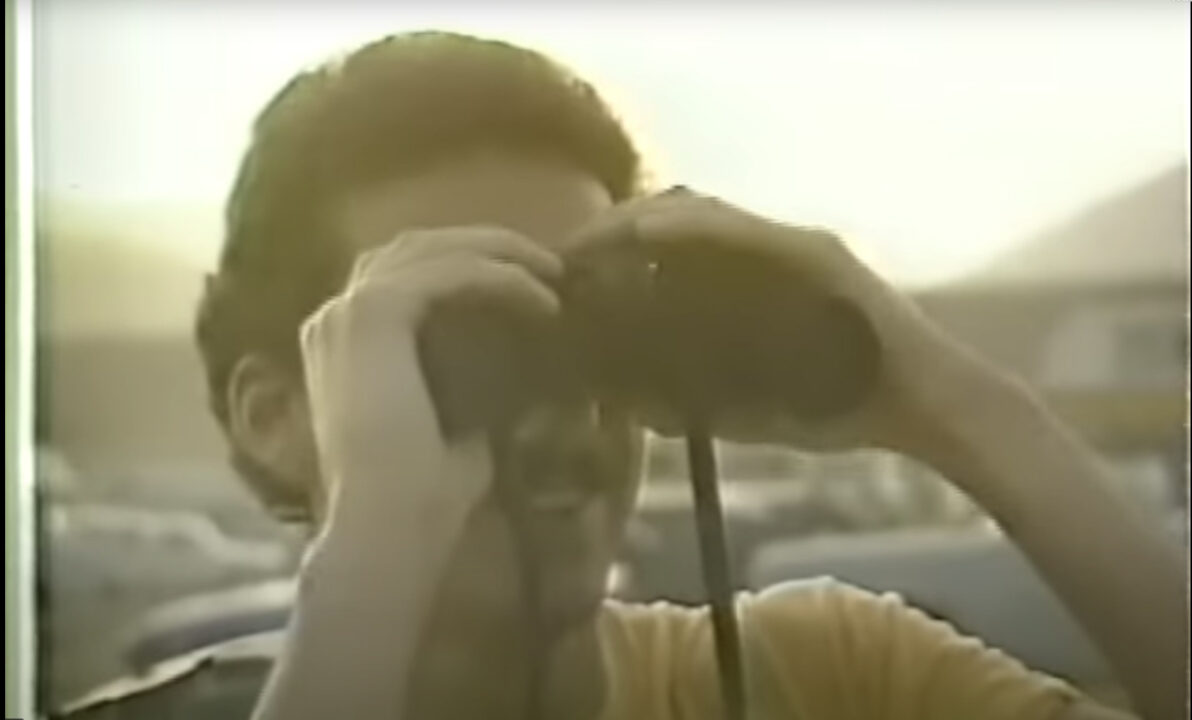
This dude needs to be a little more subtle in his girl-watching at the 1983 US Festival. (youtube.com/@bekebeke99)
What appears to be most exciting for one man interviewed is all the girl-watching opportunities he is already enjoying early at the event.
“California women,” he marvels, as he peers through his binoculars at some ladies wearing bikinis on the hot day. Not too creepy and obvious! “I’m from New York, so this is a treat for me,” he adds.
On the other hand, one woman there with her two girlfriends emphatically states that, “First and foremost is the music. That’s all we’re here for. We’re not here to pick up guys or drop drugs; we’re here for the music, and for the people.”
Eventually, an announcer says, “Welcome to the 1983 US Festival. You’re gonna have the rock ‘n’ roll time of your life!”
As he says this, a rope is raised, and the crowd begins to stream in.
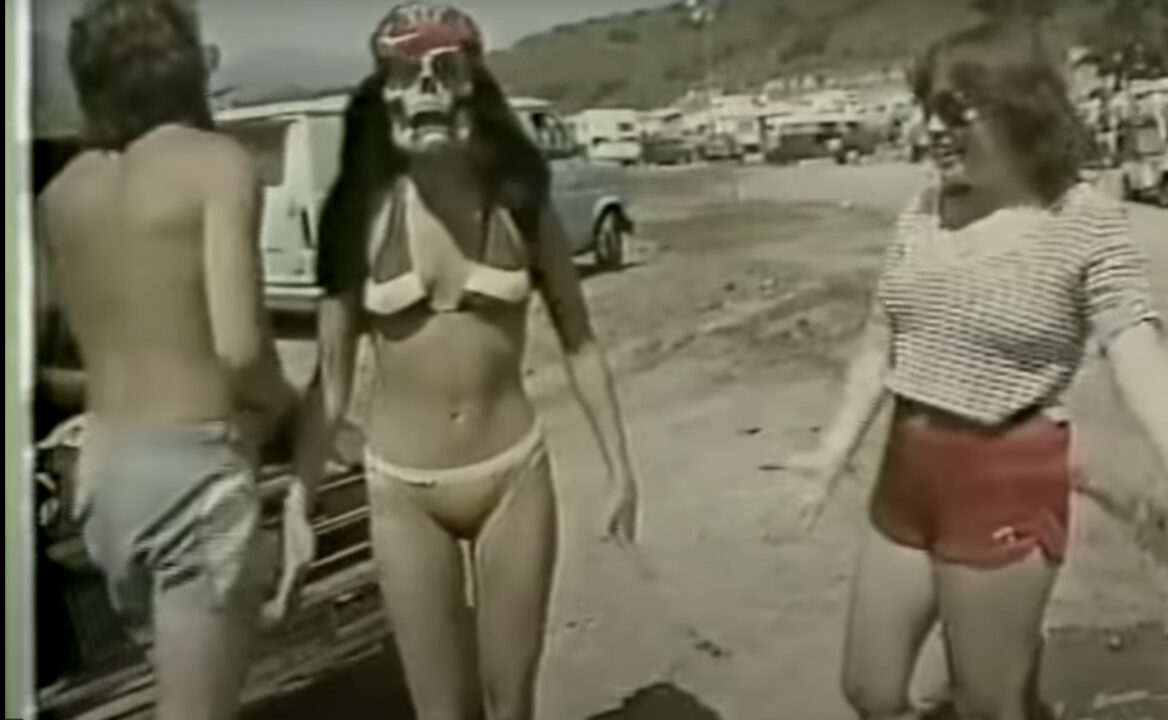
Some of the “California women” that New York guy with the binoculars was gawking at. (youtube.com/@bekebeke99)
Then we get into the daytime lineup, which leads off with INXS, followed by Divinyls (who from what I gather actually opened the show, but appear second in this video), Wall of Voodoo (Stan Ridgway, Joe Nanini and Bill Noland all left the group after this performance), Oingo Boingo (who had also performed at the 1982 US Festival), The English Beat (also performers in ’82) and A Flock of Seagulls.
As later afternoon and early evening begins to approach, there are performances from Stray Cats and Men at Work. Finally, closing out New Wave Day is The Clash, who performed despite some apparent conflicts with the festival promoters and internal strife within the band (this performance marked Mick Jones‘ last appearance with the group before being fired by Joe Strummer and Paul Simonon in September ’83).
The remaining days of the 1983 US Festival sound like they were pretty cool, as well.
The next day, Sunday, May 29, 1983, was Heavy Metal Day, with a lineup including Quiet Riot, Mötley Crüe, Ozzy Osbourne, Judas Priest, Triumph, Scorpions and Van Halen.
Memorial Day 1983 — Monday, May 30 — was Rock Day at the US Festival, and featured Los Lobos, Little Steven & The Disciples of Soul, Quarterflash, Berlin, Missing Persons, U2, The Pretenders, Joe Walsh, Stevie Nicks and David Bowie (a couple of these artists could have also been featured on New Wave Day).
About a week later, on Saturday, June 4, 1983, a Country Day was added. Featured performers included Ricky Skaggs, Hank Williams Jr., Emmylou Harris & The Hot Band, Alabama, Waylon Jennings, Riders in the Sky and Willie Nelson.
With incredible lineups like these, Homer Simpson just may have been right about the US Festival.

